Unforgettable: The Forgotten War
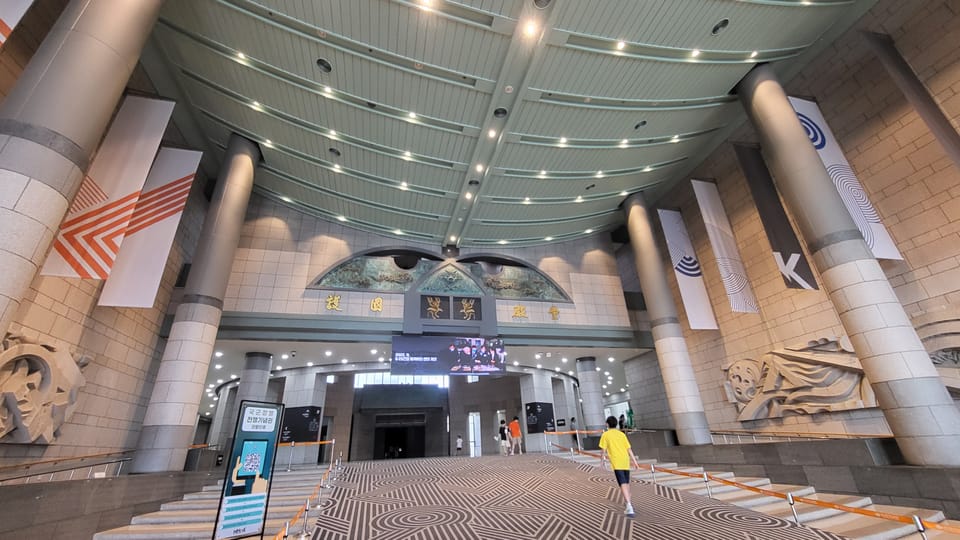
The Korean War, sparked by clashing ideologies, culminated in a hard-fought armistice. Yet, the Korean War remains forgotten as the Forgotten War, a figment of a faraway world. Moreover, the Forgotten War was fought by forgotten people, including the Australian Forces, who played a vital role in deterring enemy reinforcements. Although victory was unnamed, I hope that history will no longer be stained with blood. This war, forgotten by many, will not fade from memory: a Forgotten War, forgotten no more.

As long as I can remember, my dream job has been to become a military historian. My favourite toys are military-related and I love collecting Academy army plastic models. Even at the age of 8, I began subscribing to a war magazine, and on the days it was delivered, it was an early Christmas! However, what drew me in most were the heroes in it, my empathy and sympathy flowing in barrels.
On a recent trip to Korea, I had the pleasure of visiting the Korean War Memorial. Its life-size replicas, ancient weapons, original artefacts, and obsolete wartime vehicles brought me a world of history: this was my new home! When I came back to Australia and recounted my ‘wartime’ adventures to my friends, they asked me, “The Australian War Memorial’s better, right?!” I shook my head. “No! I got to board so many tanks in Korea!” Their eyes beamed with jealousy, walking off. Yet here was another deciding factor to the answering of this question. Not one of my friends knew about the Korean War, otherwise known as the Forgotten War. The Forgotten War lived up to its name.
The Korean War is the stuff of legends in US military history, yet from an Australian perspective, is forgotten as another bad egg in the bin. The Korean War (1950 - 1953) was a clash between two competing ideologies: communism in the North, supported by the Soviet Union, and republicanism in the South, backed by the United States. After the liberation of Korea from Japan by Russia, Korea was yet to form a government, thus the Soviet Union agreed to take control of the North, while the United States took control of the South, both ‘temporarily’. The growing tensions between the United States and the Soviet Union led to trouble. The Soviet Union expanded their eyes to cross South Korea, influencing North Korean forces to attack. It reminded me of Napoleon from George Orwell’s Animal Farm, manipulating Animal Farm to fight for him.

South Korea, underdeveloped, was taken by surprise. Yet, the United Nations and the United States of America aided South Korea. Both South and North Korea had committed atrocities, with an estimated 3 million casualties, most civilians. Ultimately, it was a stalemate after another: a horrible seesaw of blood. While the conflict ended with the deep division and introduction of the Demilitarized Zone (DMZ), the war never officially ended, and its lack of victory and placement in history, between World War II and the Vietnam War, rendered the war forgotten. Those who do think of the war see the USA as the one true hero. Yet, 15 countries other than the USA were deployed in armed conflict against North Korea, one of them Australia, which deployed 18,000 troops in Korea. The crown of the Australian jewels, however, was light aircraft carrier HMAS Sydney.

The cloudless sky stretched endlessly, its deep blue vastness meeting the horizon, while waves pounded relentlessly against the hulls, tattered with white letters: HMAS Sydney. The eerie stillness shatters as a klaxon alarm blares in every ear. “Soviet aircraft inbound. All crew to battle stations.” Anti-aircraft guns swing into position, their ammunition slammed home with a clink. The engines of hastily modified Sea Fury fighter planes roar to life on the flight deck. Their noises are drowned by the shrill wail of approaching sirens, as red stars cut through the sky. The crews' spines froze: MiG-15s. Even the most experienced US personnel fell victim to the MiG's speed and firepower. Doom lurked around the horizon, yet the barrels blazed with fire.
Anti-aircraft tracer fire lines the sky. The sights on the anti-aircraft guns were always trained on the MiGs, but missing. The deck patters with a hailstorm of bullets. Magazine clips jolt back and fall to the ground, smoking. As the sirens of the MiGs drop, twelve Sea Furies lift off, all of their index fingers resting behind the red button. One by one, Sea Furies, riddled with lead and infused with smoke to the point of unable recognition, dropped down into the depths of the unrecoverable sea. Yet, while the MiGs were revered and feared for their speed, their key weakness was close-range combat, which Sea Furies excelled at. Luring the MiGs from the ship, the Sea Furies began the Lufbery circle, disorienting the MiGs’ targeting system. With each circle the enemy aircrafts grew closer to the Sea Furies. This was their chance. Guns overheated, as yellow lights flashed through propellers and to the MiGs’ engines. All 10 fell with a red hue, the framework of the planes clear. The cheers of the crew sailed out to sea: once again, they had beaten the odds.
Beyond the Air Force Group shooting down 10 MiGs, HMAS Sydney's time in Korea saw the destruction of 7 tunnels, 38 railway lines, 15 guns, and more armament. Its squads of aircraft destroyed 66 bridges, playing a crucial role in slowing down enemy reinforcements to the front line. Their Air Force Group inflicted 3000 enemy casualties, only losing 3 pilots and 9 aircraft in the process. HMAS Sydney oversaw the most air and naval damage to North Korean forces among their Australian peers, and, quite possibly, among the countries which deployed forces to the Korean frontier.
The Korean War, sparked by clashing ideologies, culminated in a hard-fought armistice. Yet, the Korean War remains forgotten as the Forgotten War, a figment of a faraway world. Moreover, the Forgotten War was fought by forgotten people, including the Australian Forces, who played a vital role in deterring enemy reinforcements. Although victory was unnamed, I hope that history will no longer be stained with blood. This war, forgotten by many, will not fade from memory: a Forgotten War, forgotten no more.
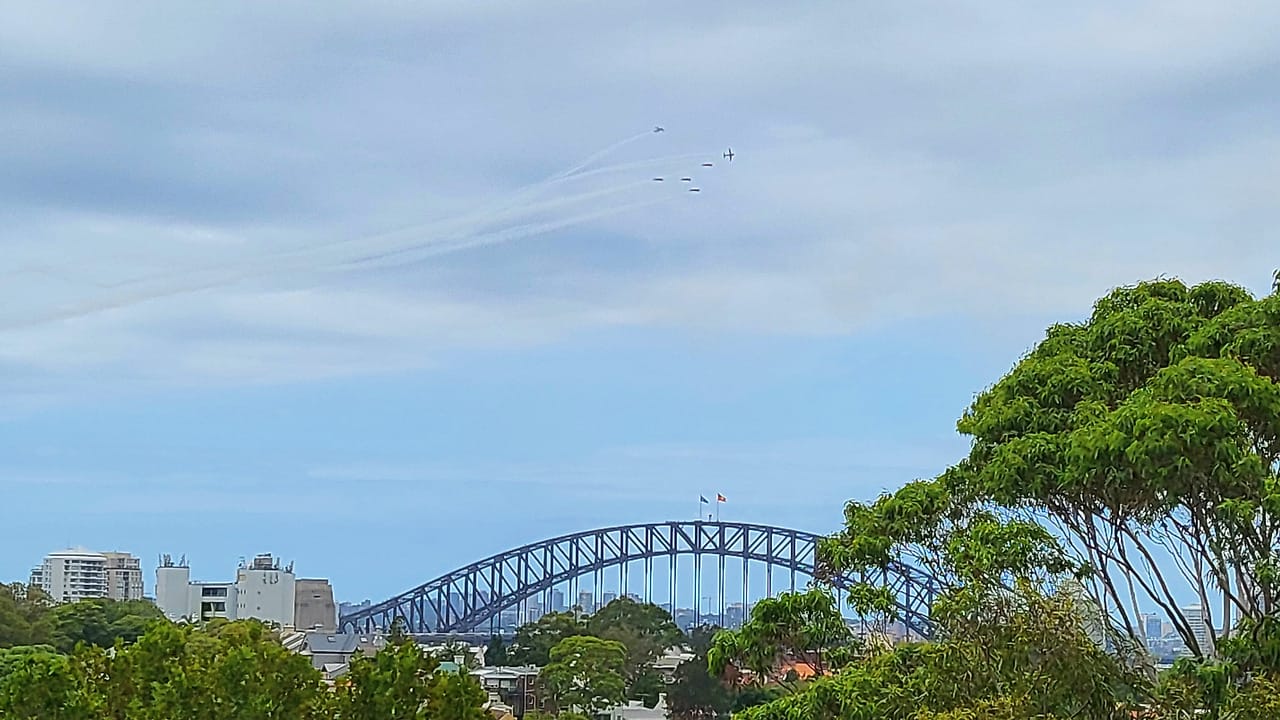
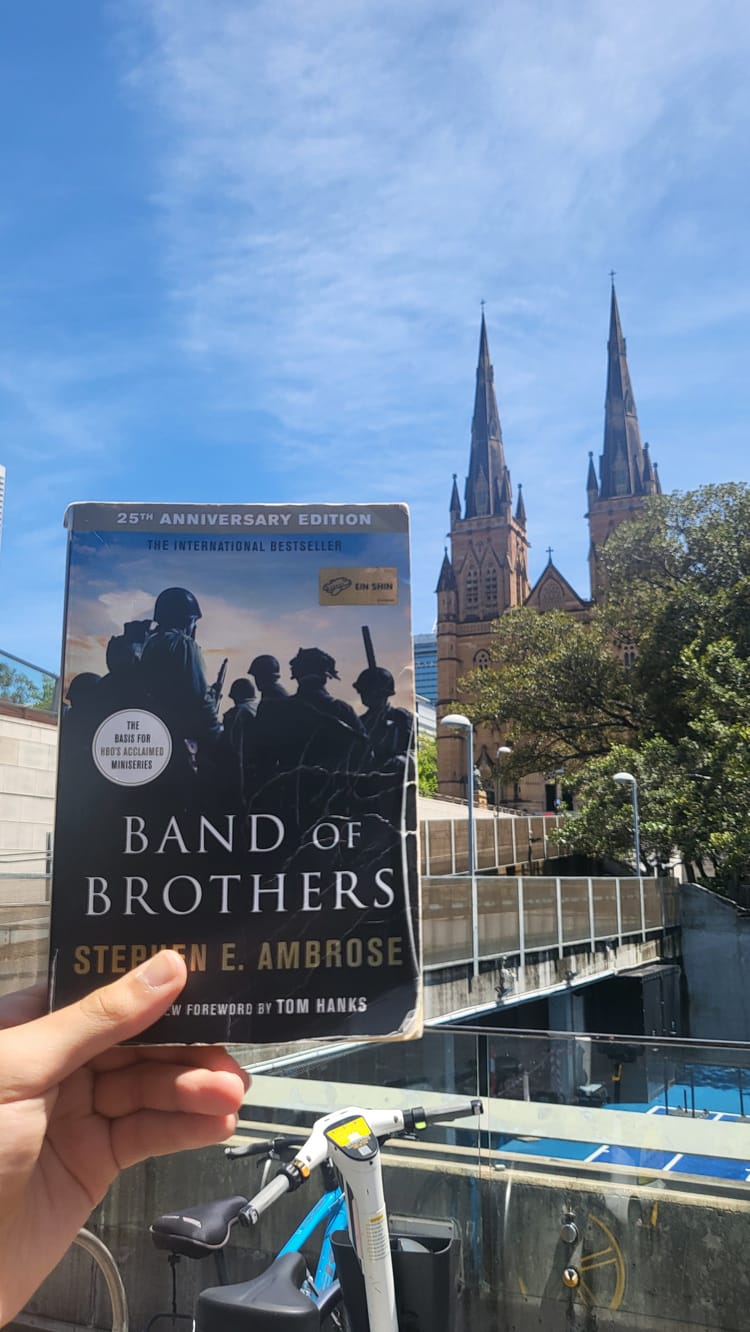
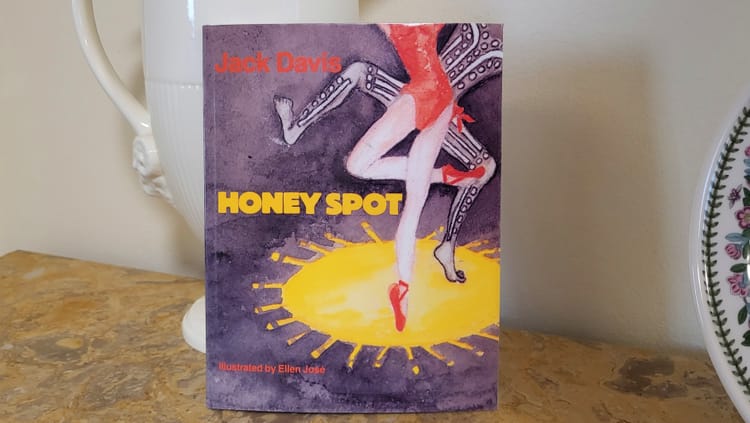

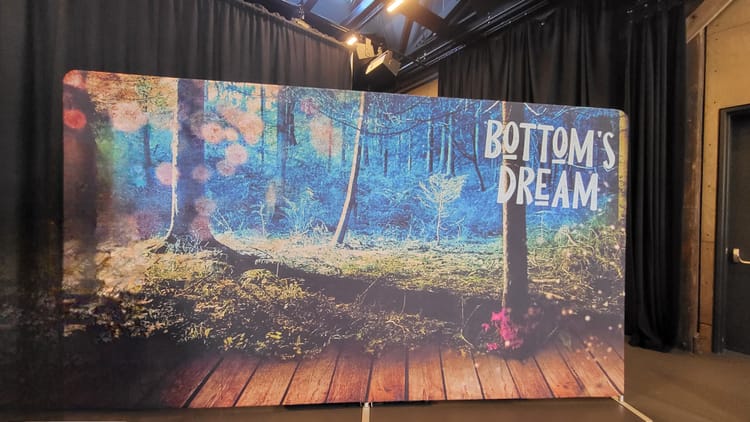
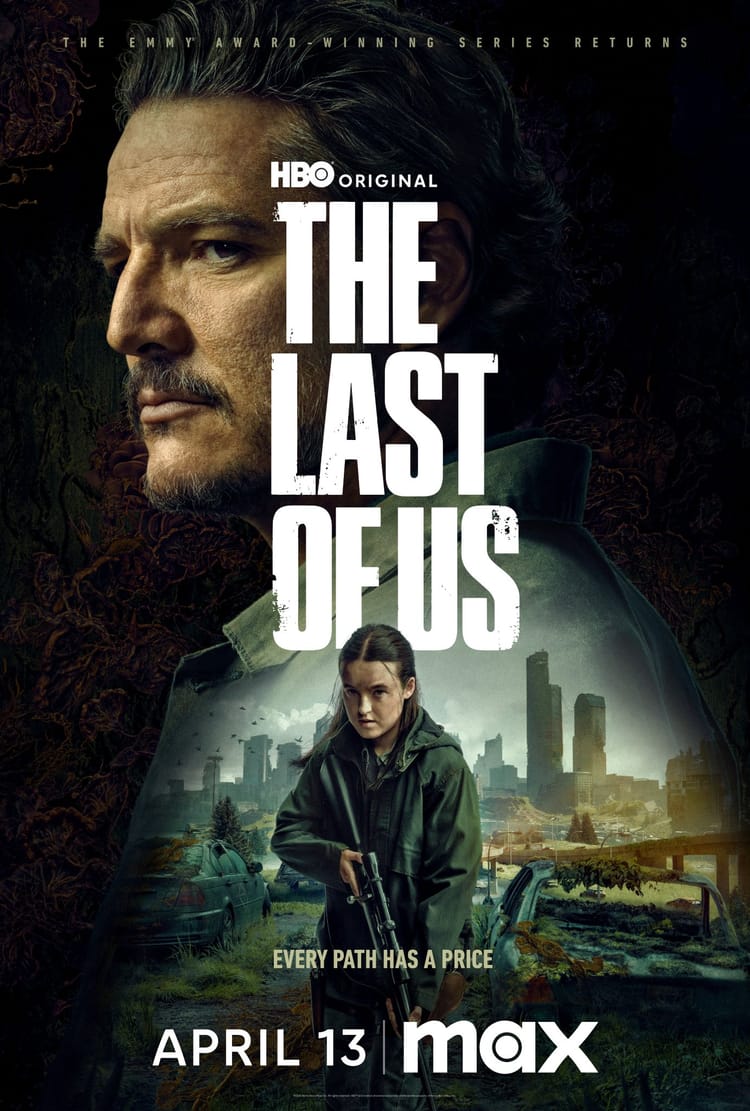
Member discussion